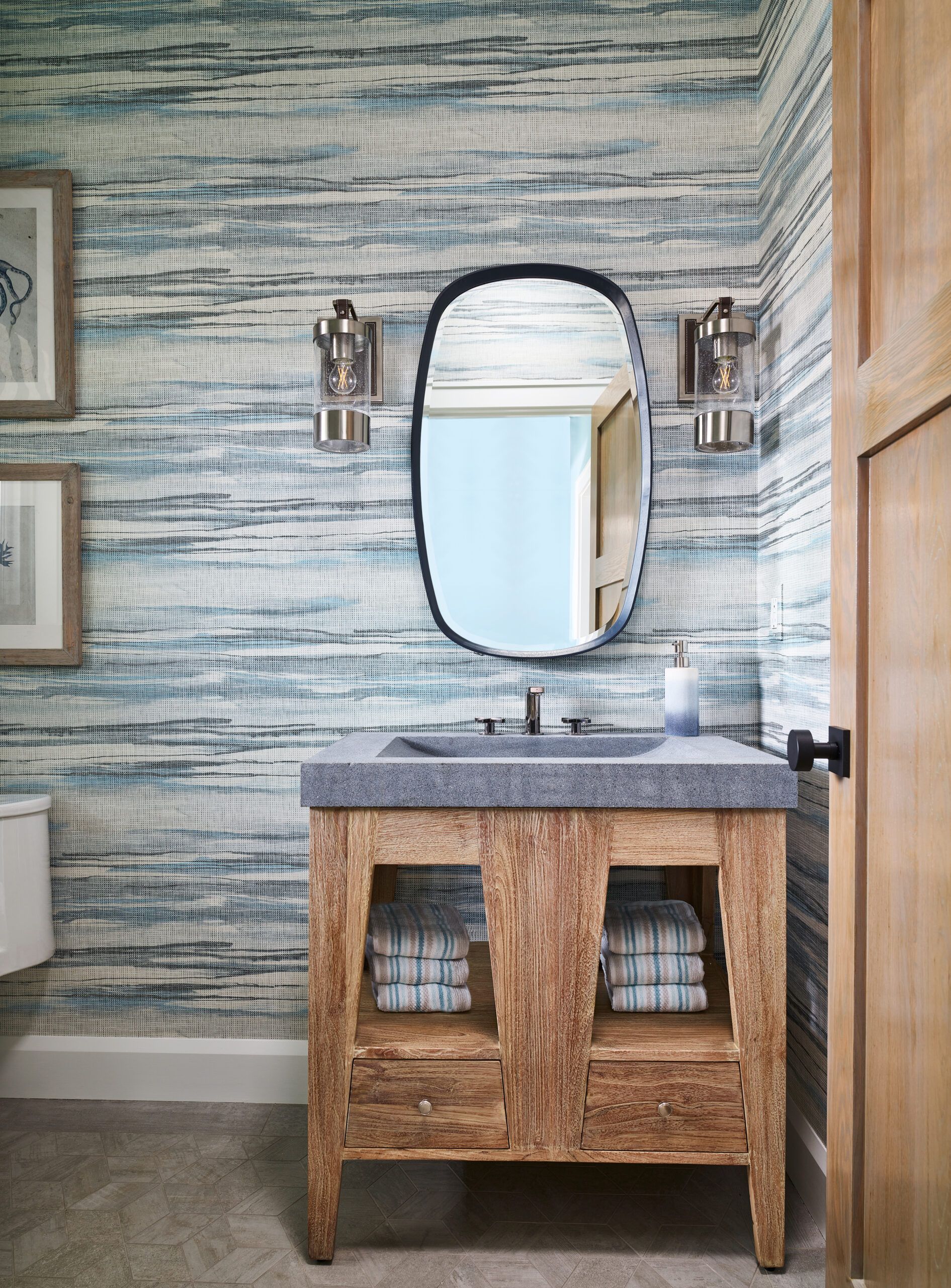Adding a half bath to a home is one of the most common requests I get. People want to increase the value of their houses, of course, but what most of my clients really want is a bathroom that’s convenient for their guests to use but doesn’t compromise anyone’s privacy.
In this guide, we’ll walk you through the important things to consider for this project, including the right dimensions and location, to ensure you create the perfect half bath for your space.
Half Bath Basics
A half bath, also known as a powder room, is a small bathroom that typically contains only a toilet and a sink. It’s designed for quick visits and hand washing, making it ideal for guests or high-traffic areas of your home. Unlike a full bathroom, a half bath does not include a shower or bathtub.
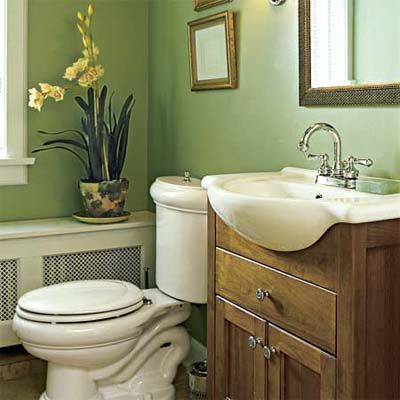
At its core, a half bath needs to contain a toilet, a sink, and a mirror. While additional storage for essentials like toilet paper and hand towels is beneficial, it’s not strictly necessary if space is limited. The key is to create a functional space that meets basic needs without feeling cramped.
Determining the Ideal Half Bath Dimensions
The size of your half bath can affect its functionality and comfort. A typical half bath requires about 15–20 square feet of floor space. Ideally, you should aim for dimensions of about 3–4 feet wide and 6–8 feet long. This provides enough room for comfortable use without wasting space. Anything smaller may feel cramped, while a larger space is often unnecessary for a half bath’s limited functions.

Optimizing Small Spaces
If you’re working with a particularly tight area, consider these space-saving tips:
- Use a corner sink to maximize floor space
- Install a wall-mounted toilet to free up floor area
- Opt for a narrow, wall-mounted faucet
- Choose a sliding or pocket door instead of a swinging one
- Utilize vertical space with shelving or cabinets
By implementing these strategies, you can create a functional half bath even in compact areas of your home.
Choosing the Best Location for Your Half Bath
Your half bath should be located in a convenient spot in your home. Consider these options when deciding where to place your new bathroom.
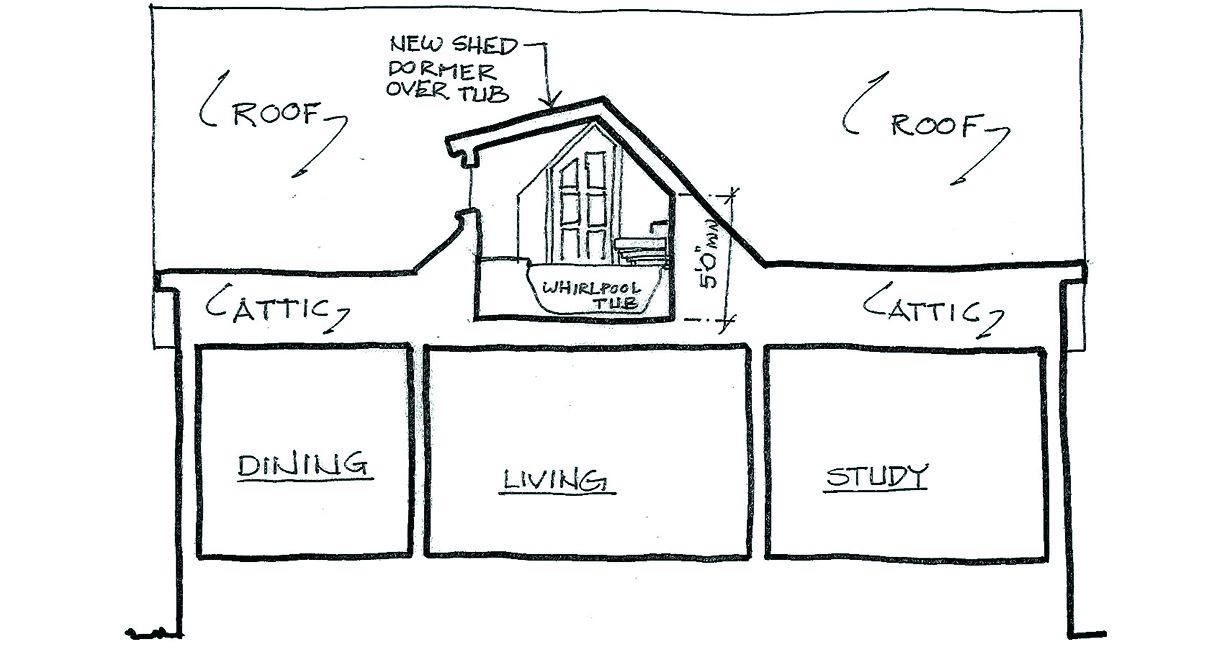
Near Existing Plumbing
Placing your half bath close to existing water and sewer connections can reduce installation costs by quite a bit. One of the most budget-friendly options is to position it where it can share a wall with an existing bathroom. This proximity allows you to tap into existing plumbing lines, minimizing the need for extensive new piping.
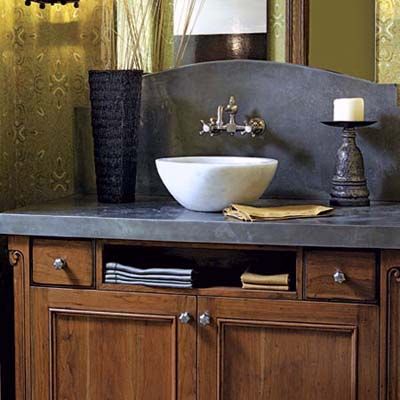
Under-Stair Options
Utilizing the area under a staircase is an innovative way to add a half bath without sacrificing living space. This option works best in homes with an enclosed foyer that opens into adjacent entertaining spaces. When planning an under-stair half bath, make sure there’s adequate headroom — a minimum of 5 feet above the toilet is recommended. Also, consider ventilation requirements, as you’ll likely need to install an exhaust vent to the exterior.
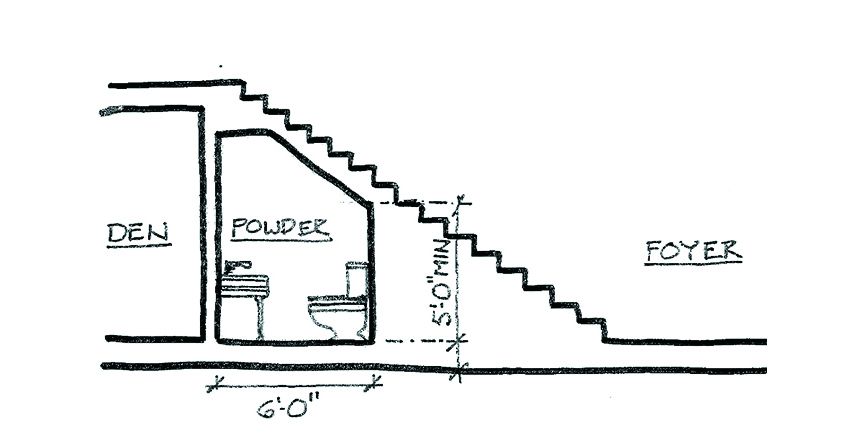
Repurposing Existing Space
Look for an underutilized area in your home that could be converted into a half bath. Some possibilities include the following:
- Large closets
- Portions of oversized rooms
- Unused corners in a garage
- Small sections of a laundry room
- Alcoves or nooks in hallways
When repurposing a space, check that the new layout doesn’t disrupt the flow of your home or compromise the functionality of surrounding areas.
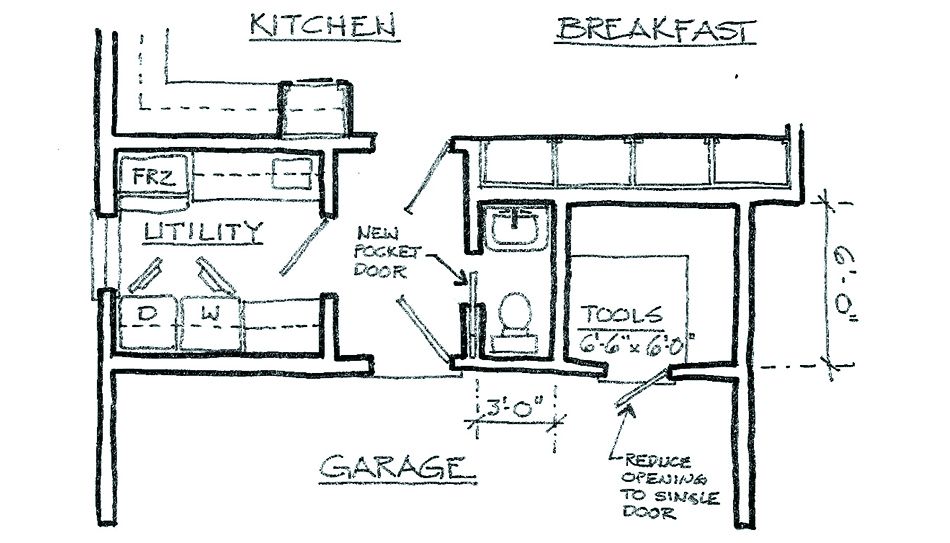
Essential Bathroom Plumbing Considerations
Your new bathroom needs to meet all the necessary codes. Careful plumbing planning can prevent future issues.
Water Supply and Drainage
When planning your half bath’s plumbing, consider both water supply and drainage. If possible, connect to existing water lines to minimize costs. For homes built on piers or over basements, new plumbing lines can be placed below the main floor relatively easily. However, houses built on slab foundations may require some jackhammering and patching to connect to existing plumbing lines, which can increase project costs.
Since half baths are used less frequently than full bathrooms, you can often choose more delicate and visually appealing fixtures without worrying about heavy wear and tear.
Ventilation Requirements
Proper ventilation is needed in any bathroom to prevent moisture buildup and mold growth. Current building codes typically require either an operable window or an exhaust vent in every bathroom. If your half bath doesn’t have a window, you’ll need to install an exhaust fan that vents to the exterior of your home.
When choosing a ventilation fan, consider factors such as noise level, energy efficiency, and capacity. Some fans come with built-in lighting or humidity sensors, which can be useful in small spaces.
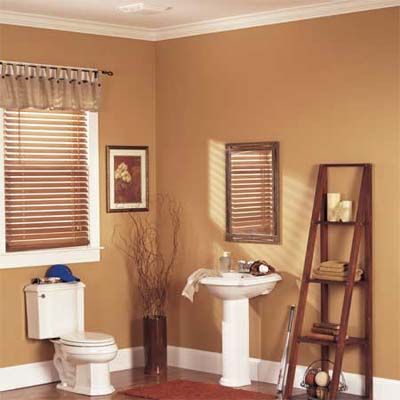
Electrical and Lighting Planning for a Half Bath
Proper electrical planning and lighting will make your bathroom safe and inviting.
Ground Fault Interrupter (GFI) Circuit Installation
According to the National Electrical Code (NEC), bathrooms must have at least one Ground Fault Interrupter (GFI)-protected outlet. This safety feature provides extra protection against electrical shock in wet areas of the home. When planning your half bath’s electrical layout, consider the following:
- Placement of outlets for convenience
- Separate circuits for high-draw appliances like hair dryers
- Compliance with local electrical codes
- Potential for future upgrades or additions
If you’re not comfortable with electrical work, it’s best to hire a licensed electrician to ensure all installations are safe and up to code.
Lighting Options for Small Spaces
Effective lighting can make a small half bath feel more spacious and welcoming. Consider the following lighting options:
- Recessed ceiling lights for overall illumination
- Sconces on either side of the mirror for task lighting
- Under-cabinet lighting for a soft, ambient glow
- LED strip lighting for a modern touch
- Combination light/exhaust fan units to save space
Choose fixtures that complement your overall design style while providing adequate illumination for the space.
Maximizing Half Bath Privacy and Comfort
Creating a sense of privacy and comfort in your half bath is key — especially if it’s located near living or entertaining areas. Thoughtful design can help users and nearby guests feel at ease.
Sound Insulation Techniques
Adequate sound insulation is particularly important for half baths near living spaces. Consider these sound-proofing methods:
- Add sound insulation to shared walls
- Wrap water pipes, vents, and drains with sound-absorptive material
- Install solid-core doors for better sound-blocking
- Use acoustical caulk around outlets and switches
- Consider sound-dampening toilet seats
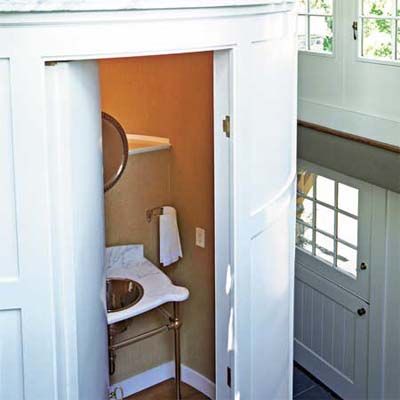
Visual Privacy
The entrance to your half bath should offer discretion for users entering and exiting. If possible, position the door so it’s not in direct line of sight from the main living areas. Other visual privacy solutions include:
- Using a pocket door or sliding barn door to save space
- Installing frosted glass on any windows
- Placing a decorative screen or room divider near the entrance
- Strategically arranging furniture in adjacent rooms to create a visual barrier
- Adding a small vestibule or hallway leading to the half bath
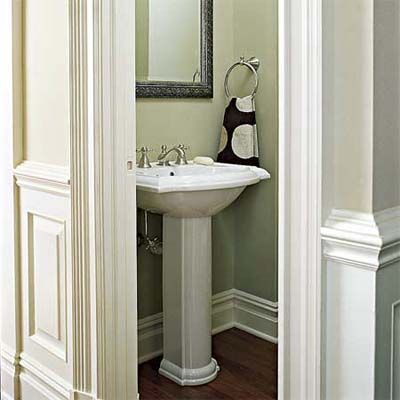
Design Ideas for Half Baths
Despite their small size, half baths offer ample opportunity for creative design. With the right approach, you can create a stylish and functional space that impresses guests.
Storage Solutions
Even in a small half bath, storage is a necessity. Consider the following storage ideas:
- Floating shelves above the toilet for decorative storage
- A narrow, vertical cabinet for maximum storage in minimal floor space
- Over-the-toilet storage units to utilize vertical space
- Built-in niches in the walls for toiletries and decor
- Under-sink storage solutions, such as tension rods for hanging cleaning supplies
Creative storage solutions can help you keep your half bath organized without sacrificing style or space.
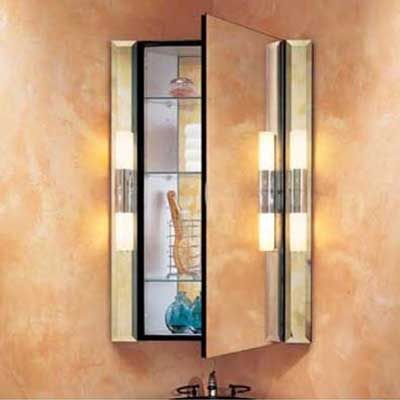
Stylish Decor Tips
Your half bath is an excellent place to showcase your personal style. Consider these bathroom decor ideas to make a big impact in a small space:
- Use bold wallpaper or paint colors to create a focal point
- Install a statement mirror to add depth and interest
- Choose unique lighting fixtures that double as art pieces
- Incorporate natural elements like plants or stone accents
- Display interesting artwork or framed photographs
Since half baths are typically used for short periods, you can be more daring with your design choices than in other areas of your home.
Budgeting for Your Half Bath Project
Proper budgeting is important for any home improvement project, including adding a half bath. Understanding potential costs and ways to save can help you plan effectively and avoid surprise costs.
Average Costs
The cost of adding a half bath can vary widely depending on factors such as location, materials, and whether you’re converting existing space or building an addition. According to Angi, homeowners can expect to spend between $4,500 and $12,000 for a half-bath addition. High-end finishes, custom work, or significant structural changes can increase costs.
Ways To Save Money
While adding a half bath is an investment, there are ways to keep costs in check. Consider doing the following:
- Choose mid-range fixtures instead of high-end models
- Do some of the work yourself, such as painting or installing flooring
- Shop for materials during sales or at discount stores
- Repurpose existing furniture for vanities or storage
- Keep the new bath close to existing plumbing to minimize installation costs
Remember, while it’s important to stay within budget, don’t compromise on essential elements like proper plumbing and electrical work, as these are crucial for safety and functionality.
Navigating Building Codes and Permits for a Half Bath
You always need to comply with local building codes and permit requirements when adding a half bath to your home.
Common Code Requirements
While specific requirements can vary by location, some common code considerations for half baths include the following:
- Minimum ceiling height (usually 7 feet)
- Ventilation requirements (window or exhaust fan)
- Electrical specifications (GFI outlets, lighting)
- Plumbing regulations (pipe sizes, venting)
- Minimum floor space around fixtures
Obtaining Necessary Permits
Most jurisdictions require permits for adding a bathroom, even if it’s just a half bath. The permit process typically involves these steps:
- Submitting detailed plans of your project
- Paying a fee (which varies by location and project scope)
- Undergoing inspections at various stages of the project
- Obtaining final approval upon completion
While the permit process can seem daunting, following these guidelines will lead to a safe and properly constructed half bath. Skipping this step can lead to fines, difficulties when selling your home, or even having to redo work that doesn’t meet code.
DIY vs. Professional Half Bath Installation
Deciding whether to tackle your half bath project yourself or hire professionals depends on your skills, time, and budget. Knowing which tasks you can handle and when to call in experts is key to a successful project.
Tasks You Can Do Yourself
If you’re handy and have some do-it-yourself (DIY) experience, you might be able to handle certain aspects of your half bath project, such as the following:
- Painting or wallpapering
- Installing flooring (depending on the material)
- Mounting mirrors and shelves
- Installing basic fixtures like towel bars and toilet paper holders
- Some basic carpentry work
Taking on these tasks can help reduce labor costs and give you a sense of personal investment in the project.
When To Hire a Professional
Here are a few things we think you should leave to the pros:
- Plumbing installation and connections
- Electrical work
- Structural changes or additions
- Complex tiling jobs
- Installation of high-end or specialty fixtures
Professionals are more likely to install things correctly and safely so your project complies with all relevant codes and regulations. Plus, experienced professionals can often complete these tasks more quickly and efficiently than DIYers.
Our Conclusion
A half bath can add value and convenience to your home. By carefully considering factors such as location, dimensions, plumbing, and design, you can create a functional and attractive space that serves your needs and impresses guests. Be sure to balance your vision with practical considerations like budget, building codes, and the limits of your DIY skills. Whether you tackle some aspects yourself or rely entirely on professionals, the key is thorough planning and attention to detail. With the right approach, your new half bath can be a perfect blend of style, functionality, and comfort.
